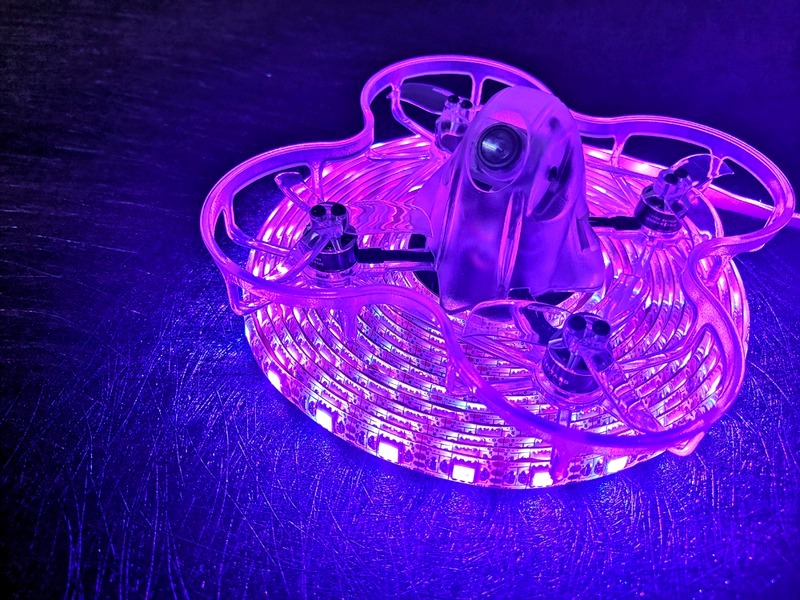What is VTOL drone?

A VTOL (Vertical Takeoff and Landing) drone is an unmanned aerial vehicle (UAV) that is capable of taking off and landing vertically. This type of drone is becoming increasingly popular due to its ability to take off and land in tight spaces, as well as its ability to hover in one spot for extended periods of time.
VTOL drones are typically powered by electric motors, and they are capable of carrying a variety of payloads, including cameras, sensors, and other equipment. They are also capable of flying autonomously, meaning they can be programmed to fly a predetermined route without the need for a pilot.
The most common type of VTOL drone is the quadcopter, which is a four-rotor aircraft that is capable of taking off and landing vertically. Quadcopters are popular due to their stability and maneuverability, as well as their ability to hover in one spot for extended periods of time.
Other types of VTOL drones include fixed-wing aircraft, which are capable of taking off and landing vertically, but require a runway to do so. These types of drones are typically used for long-distance flights, as they are more efficient than quadcopters.
VTOL drones are becoming increasingly popular due to their versatility and ability to fly in tight spaces. They are being used for a variety of applications, including search and rescue, surveillance, and mapping. They are also being used for commercial purposes, such as package delivery and agricultural monitoring.
Overall, VTOL drones are an incredibly useful tool for a variety of applications. They are capable of taking off and landing vertically, making them ideal for tight spaces, and they are capable of carrying a variety of payloads. They are also becoming increasingly popular due to their ability to fly autonomously, meaning they can be programmed to fly a predetermined route without the need for a pilot.
Comments / Question
2. Ensure the drone is in good condition and all components are working properly.
3. Make sure the drone is operated in an open area away from other people and objects.
4. Follow all local laws and regulations regarding drone use.
5. Keep the drone within line of sight at all times.
6. Do not fly the drone near airports or other restricted airspace.
7. Avoid flying the drone in strong winds or over bodies of water.
8. Make sure the drone is equipped with the appropriate safety features, such as obstacle avoidance and return-to-home.
9. Use the appropriate safety gear, such as goggles or a monitor, when flying the drone.
10. Be aware of the drone’s battery life and land the drone before it runs out of power.
1. VTOL drones are able to take off and land vertically, making them easier to launch and land in tight spaces.
2. They are more efficient than traditional drones, as they don’t need to expend energy to gain altitude.
3. VTOL drones are more stable in the air, making them better for aerial photography and videography.
4. They are less noisy than traditional drones, making them better for use in populated areas.
Disadvantages:
1. VTOL drones are more expensive than traditional drones.
2. They are more complex to build and maintain, requiring more technical knowledge.
3. They are heavier and less maneuverable than traditional drones, making them less suitable for racing and other dynamic applications.
4. VTOL drones require more power to operate, making them less suitable for long-distance flights.
-Multirotor drones: Multirotor drones are the most popular type of VTOL UAVs and are capable of vertical takeoff and landing. These drones use multiple electric motors and propellers to provide lift and maneuverability. Common multirotor drones include quadcopters (four motors/propellers), hexacopters (six motors/propellers) and octocopters (eight motors/propellers).
-Fixed-wing drones: Fixed-wing drones are another popular type of VTOL UAV. Unlike the multirotors, these drones use one large motor and propeller combination to provide lift and maneuverability. These drones are more efficient and have a longer flight time than the multirotor drones.
-Hybrid drones: Hybrid drones combine the best of both worlds: the vertical takeoff and landing capabilities of the multirotor drones and the efficiency, speed, and range of the fixed-wing drones. These drones are more complex than the other types, as they require sophisticated programming and control systems for the transition from vertical to horizontal flight.

